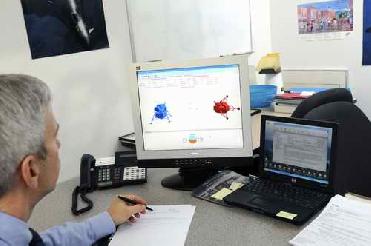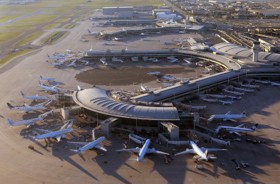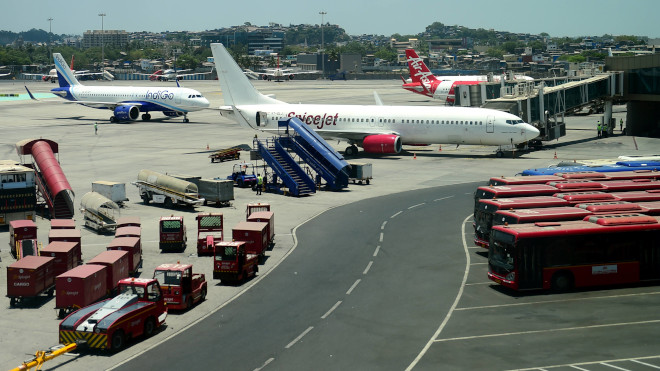
Lead investigator Ron Small analyzes data for a National Space Biomedical Research Institute project
NEW YORK (BNS): Every pilot dreads the words spatial disorientation. It is a situation when the mind and body stop working in tandem and when it happens in a cockpit, consequences can be disastrous.
The Federal Aviation Administration has recorded the dangerous affects of spatial disorientation in a study, which has concluded that the phenomenon accounted for 10 per cent of general aviation accidents in the US. Adding to the concern is the fact that 90 per cent of these accidents were fatal.
Spatial disorientation is a situation when pilots lose sense of direction. It creates a false impression and when the pilot is thinking the aircraft is going up, it might actually be going down. Such situations can develop during extreme period of stress caused by difficult flying conditions like bad weather or low visibility where the outer horizon becomes invisible.
The problem is old but the National Space Biomedical Research Institute (NSBRI) in the US is working hard to find a solution. The study is tackling the issue by developing a tool that will assist pilots in real-time to overcome spatial disorientation.
Project leader Ron Small said the first step is to understand the factors leading to spatial disorientation, which tends to occur in poor visibility conditions. The root cause, though, is physiology.
�Humans are notoriously bad at figuring out their orientation when flying because we did not evolve in a flight environment, in contrast with birds,� said Small, a member of NSBRI�s Sensorimotor Adaptation Team. �It is worse in a spacecraft because the vehicle can move side to side, up and down, and rotate in all directions.�
The study involves analyzing details of the flight parameters and understanding the attitude of the aircraft in terms of pitch, heading and speed. How the pilot responds to the situation would be assessed simultaneously.
Scientists say that pilots should be alerted on time to take corrective measure before the spatial disorientation sets in. This can be done with the help of alerts in the cockpit, which could be an audio-video device.
The NSBRI scientists are collecting data from all the aircraft accidents and space missions to analyse the response of pilots. Compared to aircraft, instances of spatial disorientation in space are minimal. But the scientists hope that the research would help in solving the issue completely.
�It is really important that the system alert pilots in real-time,� said Small, a principal system engineer at Alion Science and Technology Corporation in Colarado, �We�re not doing the pilot any good if we can only give advice after the fact.�
Although there have been no spatial disorientation accidents in space, it is a major concern for astronaut pilots.
To better understand the problems facing astronauts, the scientists are building on information from Small�s previous studies of spatial disorientation for the US military and analyzing data from aircraft accidents and space missions.
The researchers are putting emphasis on lunar landings due to the challenges of reduced gravity and the unfamiliar, dusty terrain. Data collected from helicopters will play a large role in the research since the rotary-propelled aircrafts� movements are most like a spacecraft touching down on the moon. Low-gravity flight experiments and lunar lander simulations are slated to begin next year, according to a press release.
There have been many accidents where spatial disorientation resulted in pilots to take wrong actions aggravating the crisis. Just recently in Russia where a variant of Boeing 737 crashed killing all onboard, the ground controller claimed that the pilot was vectored on a particular heading but the radar showed that the aircraft had moved into the opposite direction. Though investigators have not reached any conclusions about the reasons for the crash, it could have resulted due to spatial disorientation of the crew.














The Indian Air Force, in its flight trials evaluation report submitted before the Defence Ministry l..
view articleAn insight into the Medium Multi-Role Combat Aircraft competition...
view articleSky enthusiasts can now spot the International Space Station (ISS) commanded by Indian-American astr..
view article